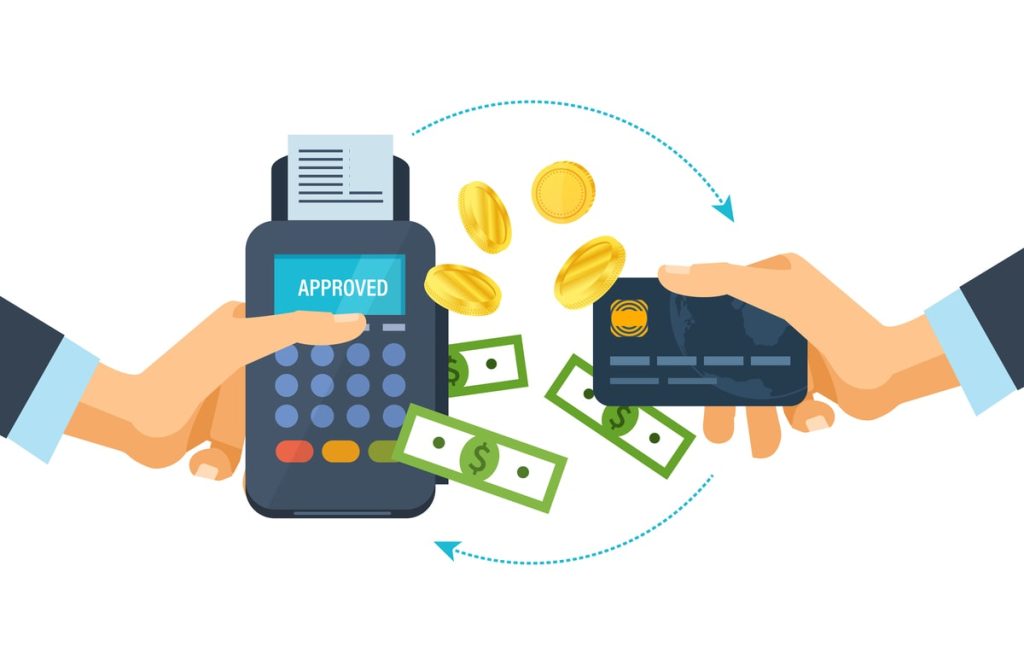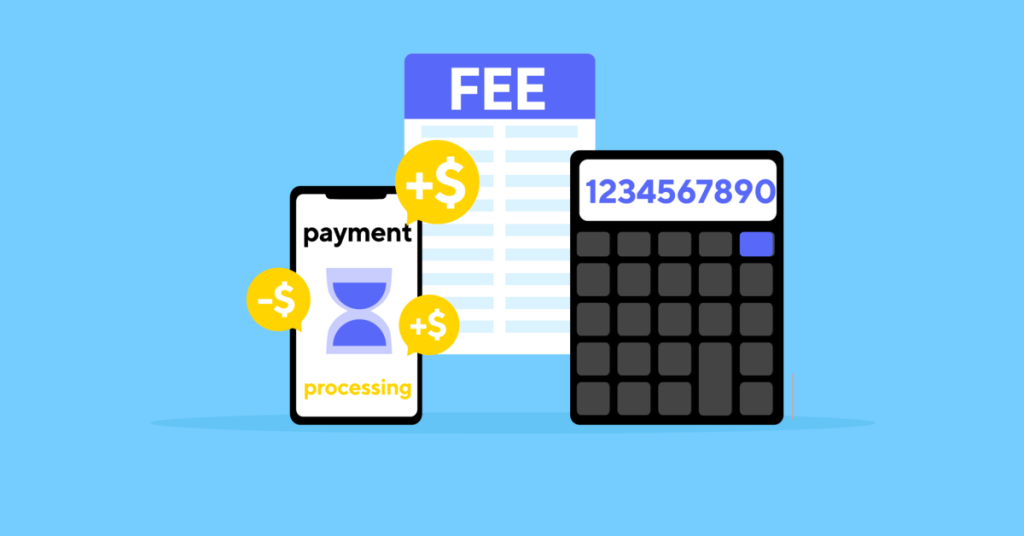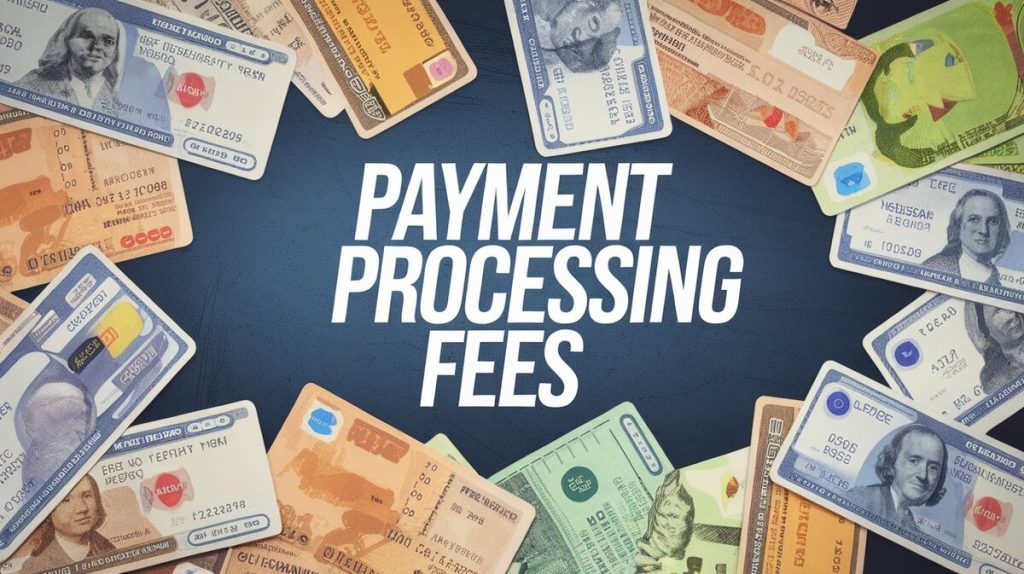Introduction to Stripe Payment Processing Fees
Stripe is a leading online payment processor known for its transparent fee structure. Understanding these fees is crucial for businesses that rely on Stripe to process payments. This guide breaks down Stripe’s fee structure, compares it with other payment processors, and provides tools to help businesses manage these costs effectively.
Overview of Stripe Fees
Stripe charges a flat rate for most transactions, making it easier for businesses to predict costs. Here are the standard fees for U.S.-based businesses:
- Online Transactions: 2.9% + $0.30 per successful card charge.
- In-Person Transactions: 2.7% + $0.05 per successful card swipe via Stripe Terminal.
- ACH Debit: 0.8% per transaction, capped at $5.
- International Cards: Additional 1% fee for processing international cards.
- Currency Conversion: Additional 1% fee for currency conversion.
Table 1: Stripe’s Standard Fees
| Transaction Type | Fee Structure |
|---|---|
| Online Payments | 2.9% + $0.30 per transaction |
| In-Person Payments | 2.7% + $0.05 per transaction |
| ACH Debit | 0.8% per transaction (max $5) |
| International Cards | Additional 1% per transaction |
| Currency Conversion | Additional 1% per transaction |
These fees are consistent across transactions, regardless of the card type or the transaction amount.

Comparison of Stripe with Other Payment Processors
When evaluating Stripe, it’s important to compare it with other payment processors like Square and PayPal.
- Square offers a 2.6% + $0.10 fee for in-person transactions and 2.9% + $0.30 for online transactions, with no additional fees for international cards.
- PayPal charges 2.9% + $0.30 per transaction, but adds a 4.4% fee for international sales plus a fixed fee based on the currency.
Table 2: Comparison of Payment Processor Fees
| Payment Processor | Online Fees | In-Person Fees | International Fees | Currency Conversion Fee |
|---|---|---|---|---|
| Stripe | 2.9% + $0.30 | 2.7% + $0.05 | Additional 1% | Additional 1% |
| Square | 2.9% + $0.30 | 2.6% + $0.10 | None | None |
| PayPal | 2.9% + $0.30 | 2.7% (QR code) | 4.4% + fixed fee | Varies by currency |
Stripe’s flat-rate fees make it simple, but additional fees for international transactions can increase costs for businesses with global operations.
Fee Implications for Businesses
Transaction fees significantly impact business costs. For example:
- E-commerce businesses with international sales might face higher costs due to additional fees.
- High-volume businesses could benefit from negotiating lower rates directly with Stripe, as custom pricing is available for larger enterprises.
Refund policies also matter. Stripe does not return the fee when a transaction is refunded. If a $100 purchase is refunded, the $2.90 fee plus $0.30 per transaction remains deducted.
Businesses should explore lower-fee options like ACH payments for domestic transactions.
Merchanto.org, an official partner of VISA and MasterCard, offers chargeback prevention solutions that optimize payment processing strategies. By integrating with Merchanto, businesses can reduce chargebacks and protect revenue. For more information, visit Merchanto.org.

Tools for Calculating Stripe Fees
To manage fees effectively, businesses can use fee calculators for real-time cost estimates. Tools like the Stripe Fee Calculator allow users to input transaction amounts and get an immediate breakdown of fees.
Table 3: Example Fee Calculation Using Stripe Fee Calculator
| Transaction Amount | Fee (2.9% + $0.30) | Amount Received |
|---|---|---|
| $100 | $3.20 | $96.80 |
| $500 | $14.80 | $485.20 |
| $1,000 | $29.30 | $970.70 |
These tools help businesses decide whether to absorb fees or pass them on to customers.
Case Studies and User Experiences
Real-world examples highlight how Stripe’s fee structure affects businesses:
- Case Study 1: A small e-commerce business with $10,000 monthly revenue in the U.S. incurs approximately $290 in Stripe fees. By using ACH transfers where possible, costs could be reduced.
- Case Study 2: An international software company processing $50,000 per month in mixed domestic and international transactions sees higher costs due to the 1% international fee. Negotiating with Stripe or exploring other payment processors could offer savings.
- Case Study 3: A retail store using Stripe Terminal for in-person sales benefits from the lower in-person fee (2.7% + $0.05), maintaining profitability even on lower-margin items.
These cases show that while Stripe’s fees are straightforward, businesses need to strategically manage them based on their specific needs.
Conclusion
Stripe offers a transparent and easy-to-understand fee structure, making it a good choice for many businesses, particularly those operating online. However, fees can add up, especially for high-volume or international transactions.
Key Takeaways:
- Understand Stripe’s fees and compare them with other processors to make informed decisions.
- Use fee calculators to estimate costs and adjust pricing strategies.
This guide provides a detailed look at Stripe’s payment processing fees, offering practical insights and tools for businesses to manage costs effectively. Staying informed and leveraging the right tools and partners can help businesses maximize their payment processing strategy.



